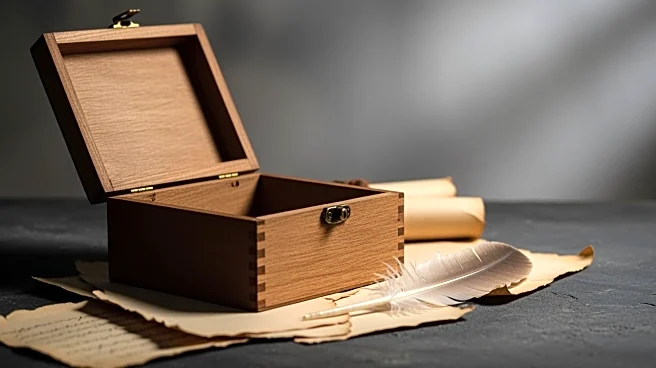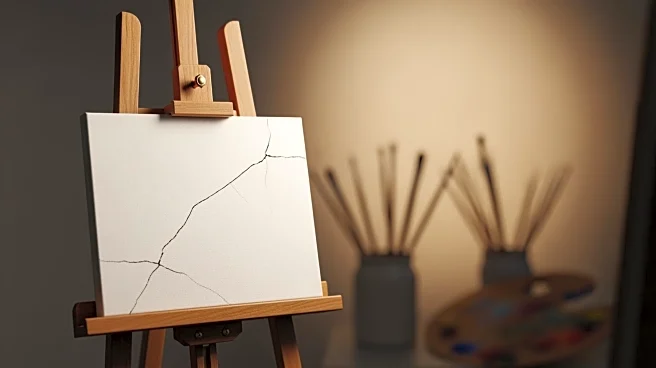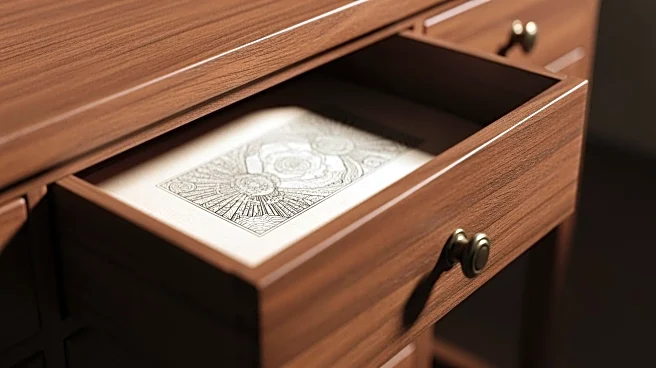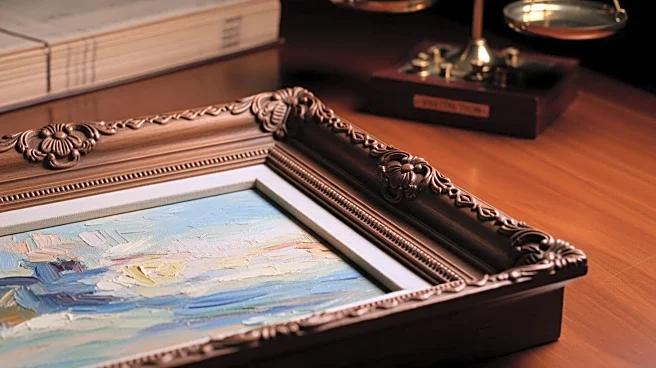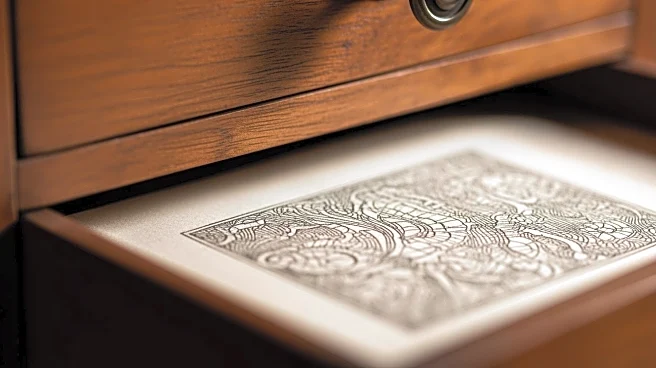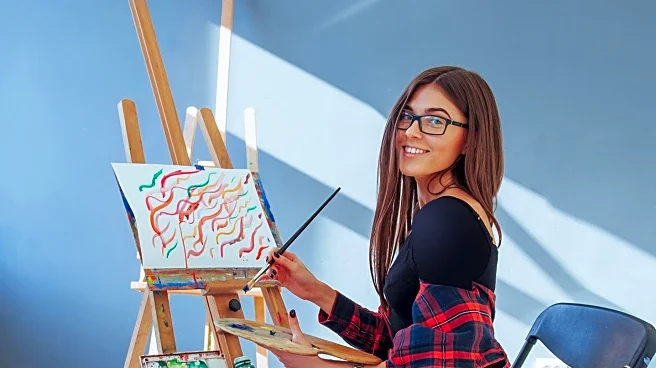What's Happening?
A hidden archive of Holocaust-era art assets has been brought to light, revealing extensive records of Jewish collections seized during World War II. These records, preserved on microfilm, detail the systematic looting of art by the Hungarian government.
The World Jewish Restitution Organization has funded efforts to make these scans accessible online. Concurrently, the U.S. Senate Judiciary Committee has advanced a bill to extend the Holocaust Expropriated Art Recovery Act, aiming to address unresolved cases of Nazi-looted art.
Why It's Important?
The revelation of these archives is a significant development in the ongoing efforts to address the injustices of art theft during the Holocaust. It places pressure on museums and collectors to reassess the provenance of artworks in their possession. The Senate's action to extend the HEAR Act underscores the U.S. commitment to ensuring justice for Holocaust survivors and their descendants. This could lead to increased scrutiny and potential restitution of artworks, impacting the art market and cultural institutions.
What's Next?
As the archives become more widely accessible, museums and collectors may face legal challenges regarding the ownership of artworks with questionable provenance. The advancement of the HEAR Act extension suggests that legislative efforts will continue to support the restitution process. Stakeholders in the art world may need to prepare for potential claims and adjust their policies to align with ethical standards.
Beyond the Headlines
The exposure of these archives not only challenges the art world but also raises broader ethical questions about cultural heritage and historical accountability. It highlights the need for transparency and due diligence in art transactions, potentially leading to long-term changes in how provenance is documented and verified.
